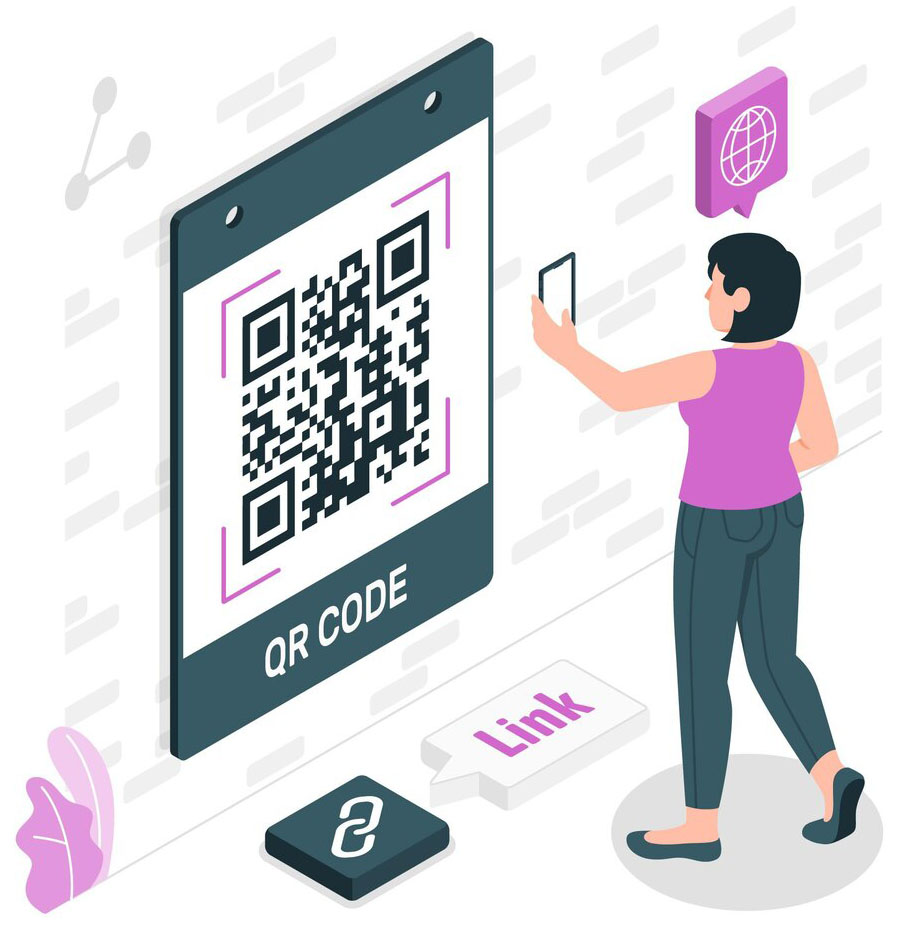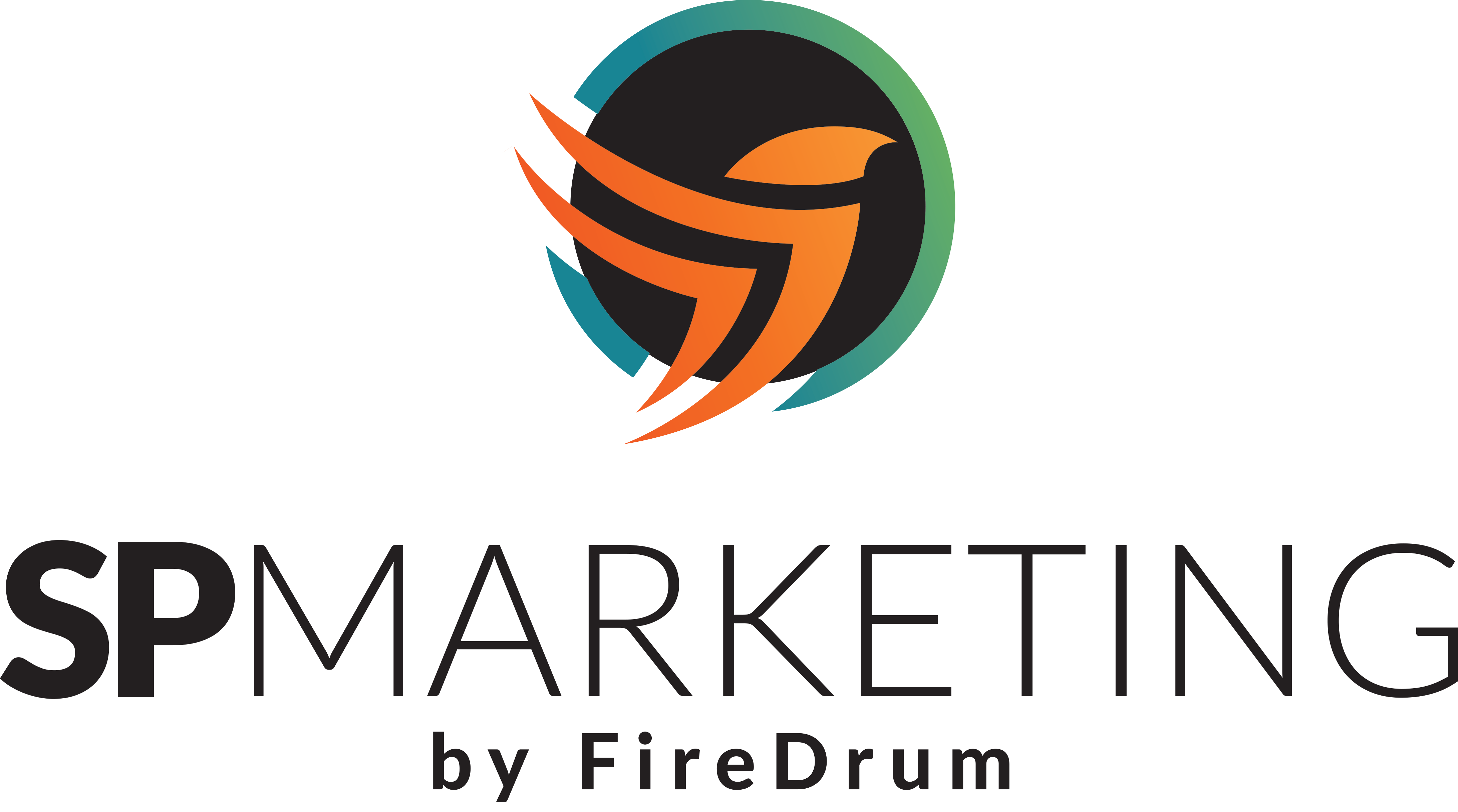Create a Unified Customer Experience
A unified customer experience across digital and traditional channels is essential for building brand loyalty. Ensure that your messaging, visuals, and customer service are consistent across all touchpoints. This consistency creates a seamless and enjoyable experience for your customers, whether they're interacting with your brand online or offline.
Use Retargeting to Reinforce Traditional Marketing
Retargeting ads can reinforce traditional marketing efforts by keeping your brand top-of-mind for consumers who have previously interacted with your offline campaigns. For example, retargeting ads can be shown to individuals who visited your booth at a trade show or received a direct mail piece. These ads remind them of your brand and encourage them to take further action online.
Personalize Your Marketing Efforts
Personalization is key to effective marketing. Use data from your digital marketing efforts to personalize your traditional marketing campaigns. For example, segment your email list based on online behavior and send targeted direct mail pieces to specific segments. Personalization increases the relevance and effectiveness of your marketing efforts.
Utilize Customer Feedback
Customer feedback from both digital and traditional channels can provide valuable insights for improving your marketing strategy. Use online reviews, social media comments, and feedback from surveys or focus groups to understand your customers' needs and preferences. This information can inform your marketing efforts and help you create more targeted and effective campaigns.
Test and Experiment
Testing and experimentation are essential for optimizing your integrated marketing strategy. Use A/B testing to compare different versions of your digital and traditional marketing campaigns. Experiment with different channels, messaging, and offers to see what resonates best with your audience. Use the results to refine and improve your strategy.
Stay Current with Trends
The marketing landscape is constantly evolving, so it's important to stay current with trends and best practices. Follow industry news, attend conferences, and participate in webinars to stay informed. This knowledge will help you stay ahead of the competition and ensure that your marketing efforts remain effective.
Collaborate with Your Team
Collaboration is essential for successful integration. Ensure that your digital and traditional marketing teams are working together and sharing information. Regular meetings, joint planning sessions, and open communication channels can help foster collaboration and ensure that your efforts are aligned.
Partner with Experts
Partnering with experts can help you navigate the complexities of integrating digital and traditional marketing. At SP Marketing Experts, we have the knowledge and experience to help you create a cohesive and effective marketing strategy. Our team of experts can provide guidance, support, and execution to ensure that your marketing efforts achieve the desired results.
Plan for the Long Term
Integration is not a one-time effort; it requires ongoing planning and adjustment. Develop a long-term strategy that includes regular reviews and updates to ensure that your marketing efforts remain aligned and effective. Be prepared to adapt to changes in the market and technology to stay ahead of the competition.








